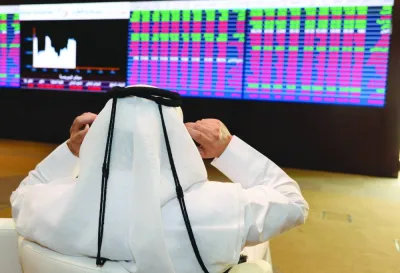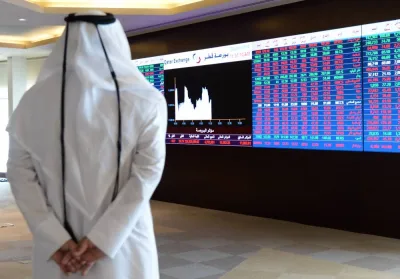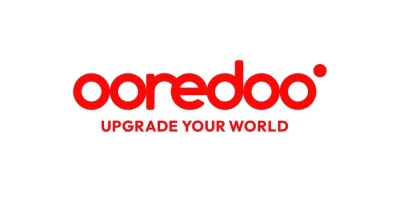The Qatar Stock Exchange on Thursday gained for the second day as its key index surpassed 10,200 levels on the back of buying interests, especially in the industrials and telecom sectors.The foreign institutions turned bullish as the 20-stock Qatar Index rose 97 points or 0.96% to 10,237.64 points.The Gulf institutions were also seen net buyers in the main market, whose year-to-date losses truncated further to 4.15%.As much as 49% of the traded constituents extended gains in the main bourse, whose capitalisation added QR5.34bn or 0.89% to QR602.98bn with small cap segments gaining the most.The foreign retail investors turned net buyers, albeit at lower levels, in the main market, which recovered from an intraday low of 10,157 points.The Gulf individual investors’ net selling weakened in the main bourse, which saw a total of 0.08mn exchange traded funds (sponsored by Masraf Al Rayan and Doha Bank) valued at QR0.19mn changed hands across eight deals.However, the local retail investors were increasingly net profit takers in the main market, which saw no trading of sovereign bonds.The Islamic index was seen gaining slower than the main index in the main market, which saw no trading of treasury bills.The Total Return Index rose 0.96%, the All Share Index by 0.79% and the Al Rayan Islamic Index (Price) by 0.93% in the main bourse, whose trade turnover and volumes were on the decline.The industrials sector index shot up 2.25%, telecom (1.63%), consumer goods and services (0.66%), banks and financial services (0.34%), real estate (0.21%) and transport (0.05%); while insurance declined 0.74%.Major movers in the main market included Qamco, Industries Qatar, Inma Holding, Gulf International Services, Ooredoo, Commercial Bank, Qatar Electricity and Water, Qatari Investors Group and Vodafone Qatar.Nevertheless, Al Khaleej Takaful, Qatar Oman Investment, Beema, Salam International Investment, Estithmar Holding and Meeza were among the shakers in the main market. In the venture market, Mahhar Holding saw its shares depreciate in value.The foreign institutions turned net buyers to the tune of QR23.88mn compared with net sellers of QR2.01mn on September 6.The Gulf institutions were net buyers to the extent of QR17.18mn against net profit takers of QR4.54mn the previous day.The foreign individuals turned net buyers to the tune of QR0.56mn compared with net sellers of QR0.59mn on Wednesday.The Gulf retail investors’ net profit booking weakened marginally to QR0.1mn against QR0.13mn on September 6.However, the local individuals’ net selling strengthened substantially to QR35.54mn compared to QR11.79mn the previous day.The Arab retail investors turned net sellers to the extent of QR14.69mn against net buyers of QR9.59mn on Wednesday.The domestic institutions’ net buying weakened perceptibly to QR8.72mn compared to QR9.47mn on September 6.The Arab institutions continued to have no major net exposure for the seventh consecutive session.Trade volumes in the main market fell 14% to 218.81mn shares, value by 8% to QR553.94mn and deals by 19% to 19,943.The venture market saw a 17% contraction in trade volumes to 0.49mn equities, 19% in value to QR1.03mn and 36% in transactions to 73.

Santhosh V. Perumal
Santhosh V. Perumal, a postgraduate in Econometrics with an advance qualification in Capital Markets and Financial Services, is Gulf Times' journalist. His coverage areas are debt and equity, hydrocarbons, international trade, environment, banks, insurance and real estate. Previously, he was in New Delhi, India as Senior Finance Correspondent of PTI.
Most Read Stories























